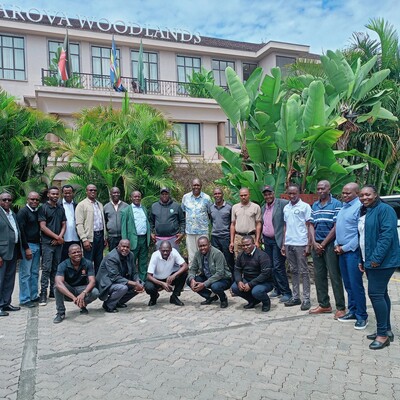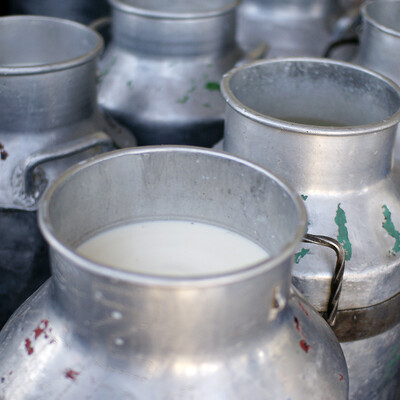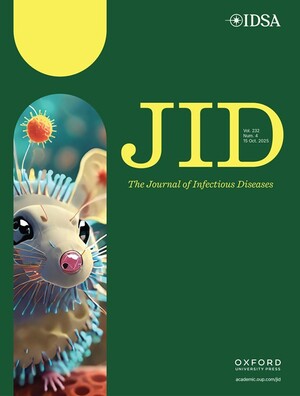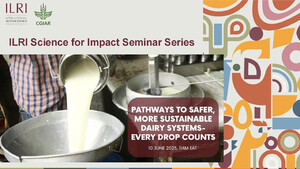
Livestock intensification: investigating impacts on livelihoods in dairy value chains in India and Ethiopia
Livestock systems are experiencing a period of unprecedented change. Poverty rates in rural areas on the other hand remain stubbornly high and Millennium Development Goals appear difficult to achieve. Dairy development has often been identified as having an especially large potential for providing pathways out of poverty for poor rural livestock keepers. This is because livestock already forms a considerable share of their assets and family labor is often dependable. Therefore, increasing the productivity of the existing assets is often regarded as the most sustainable approach to alleviating poverty.
Noticeable productivity increases of dairy production systems can only be observed in limited areas. Based on these limitations, it is assumed that at the household level, the main driver of intensification in dairy production is the quality and effectiveness of available marketing chains. Quality in this context means the establishment of reliable and attractive dairy procurement systems. This tends to support the delivery of livestock-related services. In such instances, households seem to think it is worthwhile to intensify by investing in better feeds and higher-yielding animals. Very little systematic research has been conducted to compare the interdependence between milk marketing, feed supply and animal breeding activities towards productivity increases and poverty reduction. This study aims at providing some contributions to filling this gap. India and Ethiopia have been selected as the study countries, since many poor livestock keepers are engaged in dairy production and a range of dairy system types exist in each country. The extent of dairy development varies considerably between the two countries. While India has a long history of development, most notably through the co-operative movement, Ethiopia is in the growing stages of developing its market chains for fluid milk that extend beyond the very local. There are thus interesting comparisons to be made. In both countries, dairy development has considerable potential to contribute towards reducing poverty. INDIA India is both the world’s largest producer and consumer of milk, while being home to the largest number of poor livestock keepers world-wide. However, success has been limited to some key states, leading to a wide range of productivity within Indian dairy systems. The average production per cow was recently estimated to be around 1000 liters per annum (Parthasarathy Rao & Birthal 2008) but this average includes completely traditional systems involving farmer-to-farmer exchange of milk, through well-developed milk collection and processing systems, to highly intensive urban dairy systems. Some large private dairy companies have existed alongside the co-operative system for many decades. Unfortunately, these have had very little impact on the structure of dairy production, especially as their collection areas are limited. ETHIOPIA Ethiopia is one of the largest livestock-keeping countries in Africa and also one of the poorest. So far, most dairy animals are being kept for subsistence purposes in small-holder mixed crop-livestock, pastoral and agro-pastoral systems. At the same time, some urban and peri-urban dairy systems can be found around the major centers. Most of the milk production comes from indigenous breeds, yielding around 500 liters per annum, and the milk products are sold in informal markets. However, population growth, increasing urbanization and an improved road network are leading to a gradually increasing demand for milk and milk products even in rural areas. To utilize the rising demand for rural development, dairy cooperatives are emerging. So far they are mainly involved in milk collection, marketing and processing. Yet, the supply of feeds and access to appropriate livestock breeds are still major biophysical constraints to enhanced milk production in Ethiopia. The project will discuss a number of issues:
- Feeding practices
- Dairy productivity.
- Household/farming system characteristics.
- Role of institutions in supporting/constraining intensification
Objective The objective of the project is to develop a systematic and detailed understanding of the links between market opportunities and productivity increases in livestock, with a focus on dairy production, and to assess the potential pro-poor implications of different intensification scenarios. This will assist the identification of entry points for technical, market-level, organizational and policy-level interventions aimed at supporting smallholder livestock intensification and poverty reduction in different dairy system contexts.

















